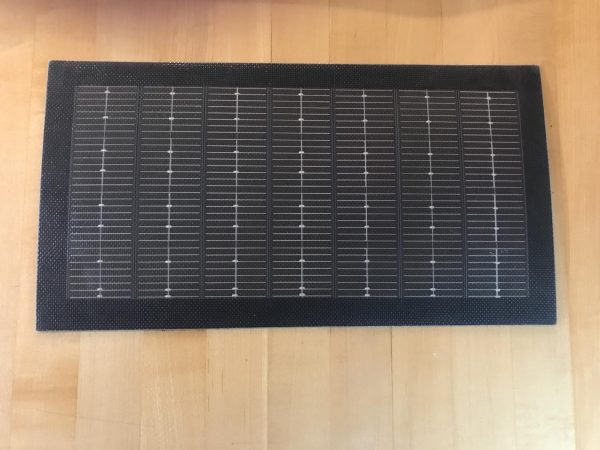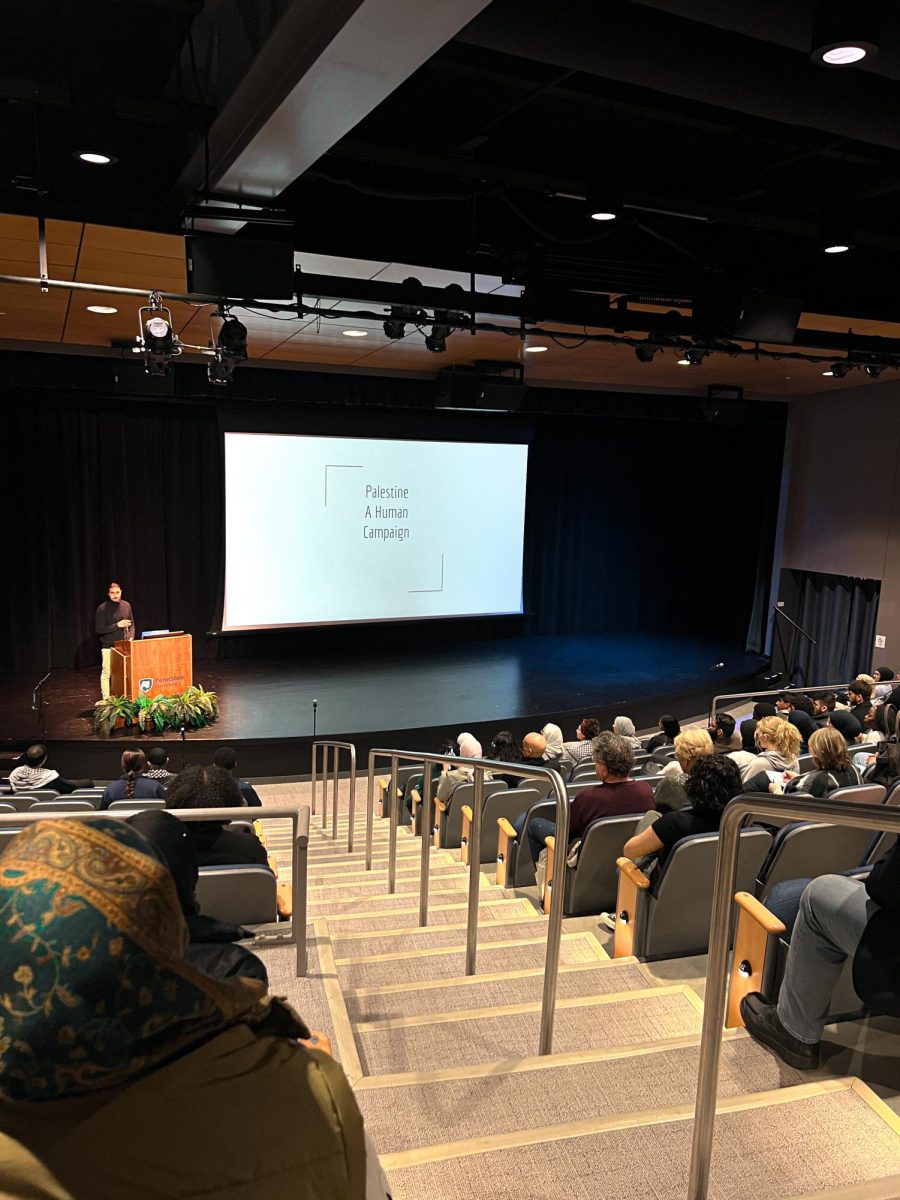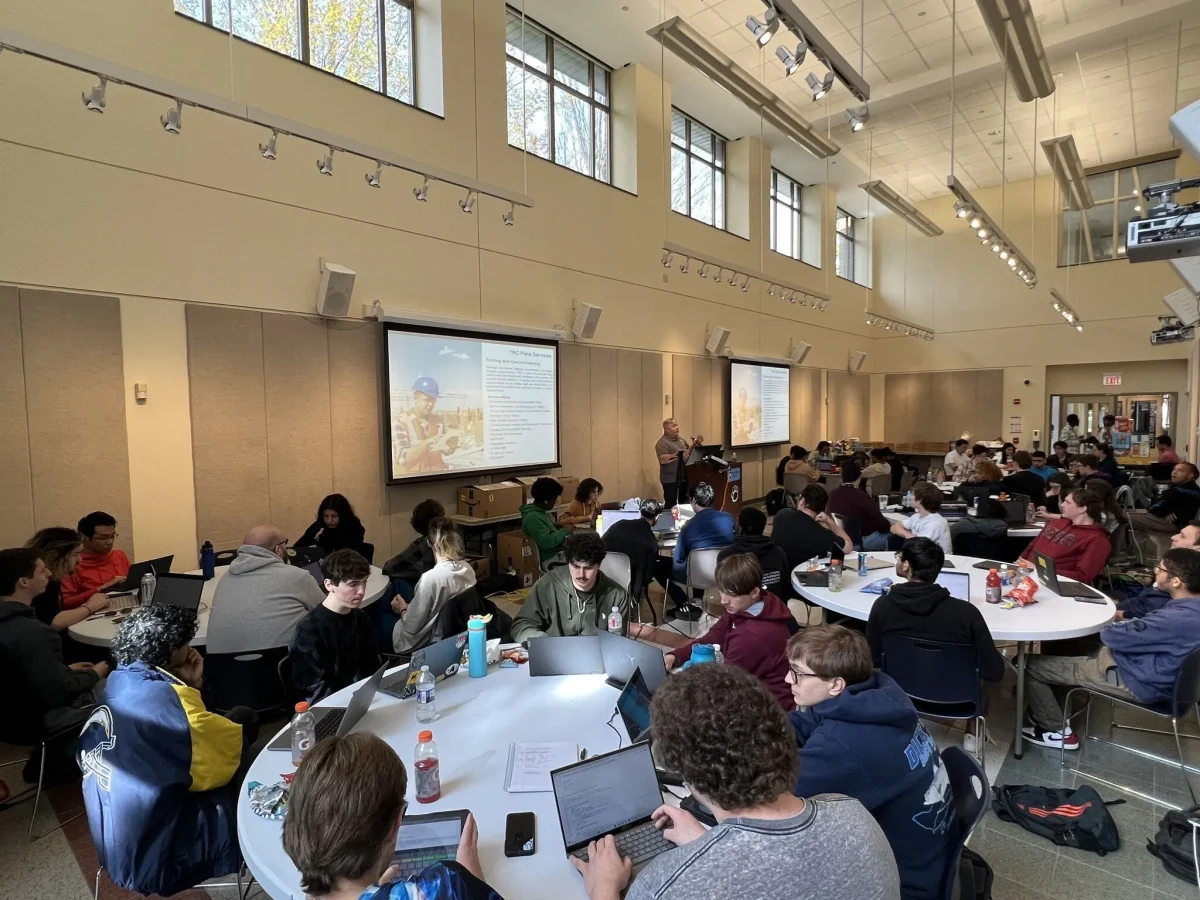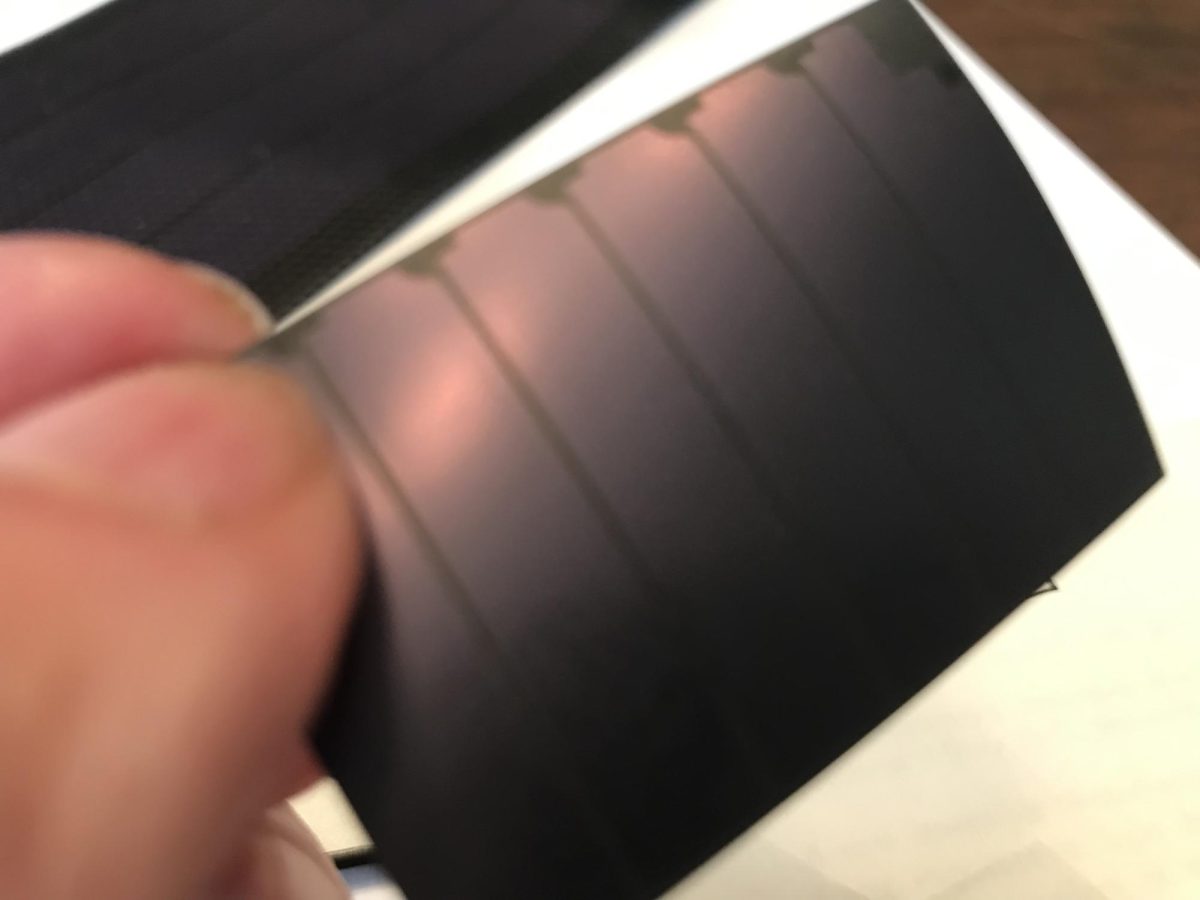The global solar power industry and market in 2023 is valued at over 234.86 billion USD, based on a Google search. Statistics on the size of the market vary. STATISTA, a popular data consolidation website, projects that same market value as high as over 400 billion dollars for 2024. Different statistical sources reveal varying totals. In plain English, the global solar power market is big, and continues to grow.
In the short period of almost fifty years, solar cells have contributed to the development of many useful devices such as lights, calculators, toys, solar cells on house roofs and safety devices that can recharge and continue to work by producing electricity just from sunlight exposure. Solar cells are even used on spacecraft such as the Hubble Telescope and for electrical power on the International Space Station.
In 1839, Edmund Becquerel, from France, at the age of 19, discovered the photovoltaic effect. In the 1950’s, US Bell Laboratories developed a photo-voltaic solar panel. Further commercial development was limited until the research work could reduce manufacturing costs. US scientists’ research work contributed to potentially reducing manufacturing costs by discovering the amorphous silicon solar cell.
While working at RCA (Radio Corporation of America) in 1974, two research scientists, Christopher Wronski and David Carlson, developed the first new thin-film amorphous silicon solar cell. Amorphous silicon solar cells are not as energy efficient as other solar cells that have been, and are now being developed. However, the amorphous silicon solar cells allow for flexible solar cells that allow for many new types of products, even clothing, to use solar cells in continuous newly manufactured products.
Then, in 1977, a seminal research paper written by David Staebler and Christopher Wronski marked a major milestone in the world of physics and electrical engineering globally. Staebler and Wronski described reversible, light-induced changes in the opto-electronic properties of hydrogenated amorphous silicon. Their research paper is remembered for the measurement named after them, the “Staebler/Wronski Effect”.
These three men worked together for a few years. Then each continued their individual career paths separately. David Staebler and David Carlson primarily continued their careers within RCA and other international industrial research projects. Christopher Wronski became a Research Professor at Penn State University’s Engineering School.
David Staebler explained the real significance of their discovery which made their work famous globally in the world of science.
“During the early 70’s, there were many studies of the amorphous silicon material. At that time, there was much confusion globally in research testing results. Inconsistent results were hampering further development of photovoltaic solar cells. In their 1977 paper, they observed a reversible photo-electronic measurable effect not previously observed in amorphous silicon. Their discovery that the effect was reversible created a new understanding, with confirmed measurements for future photo-voltaic solar cell product development,” he said.
“Different researchers were obtaining different scientific readings. There was no way of knowing the reason for variances in the research results by different scientists. The Staebler/Wronski effect established the consistent measurement of the properties of amorphous silicon.” Staebler added.
Solar cells function as a photovoltaic source of electrical current. By layering materials, the expected life of solar cells can be as long as 25 years with minimal degradation over that time frame. Limitations of amorphous silicon compounds became a comparative standard that encouraged new materials usage for solar cell panels, and LCD panels of so many electronic devices everywhere.
Successive efforts by many scientists worldwide working together and independently continue to create new advances in solar cell development. Efficiency of solar cells has gone from the 1- 6% range all the way up to 39%.
The most efficient modern solar cells were recently discovered by the National Renewable Energy Laboratory in May 2022. The newly achieved efficiency is up to 39.5% in standard full sunlight at noon. According to Myles Steiner, a senior scientist in NREL’s High-Efficiency Crystalline Photovoltaics (PV) Group and principal investigator, “The new cell is more efficient and has a simpler design that may be useful for a variety of new application such as highly area-constrained applications or low-radiation space applications.”
In Part 2, Research Scientist, David STAEBLER, explains:
How the Staebler/Wronski effect just sort of happened!
To quote David Staebler: ”I was just the right person who showed up at the right time.”


























